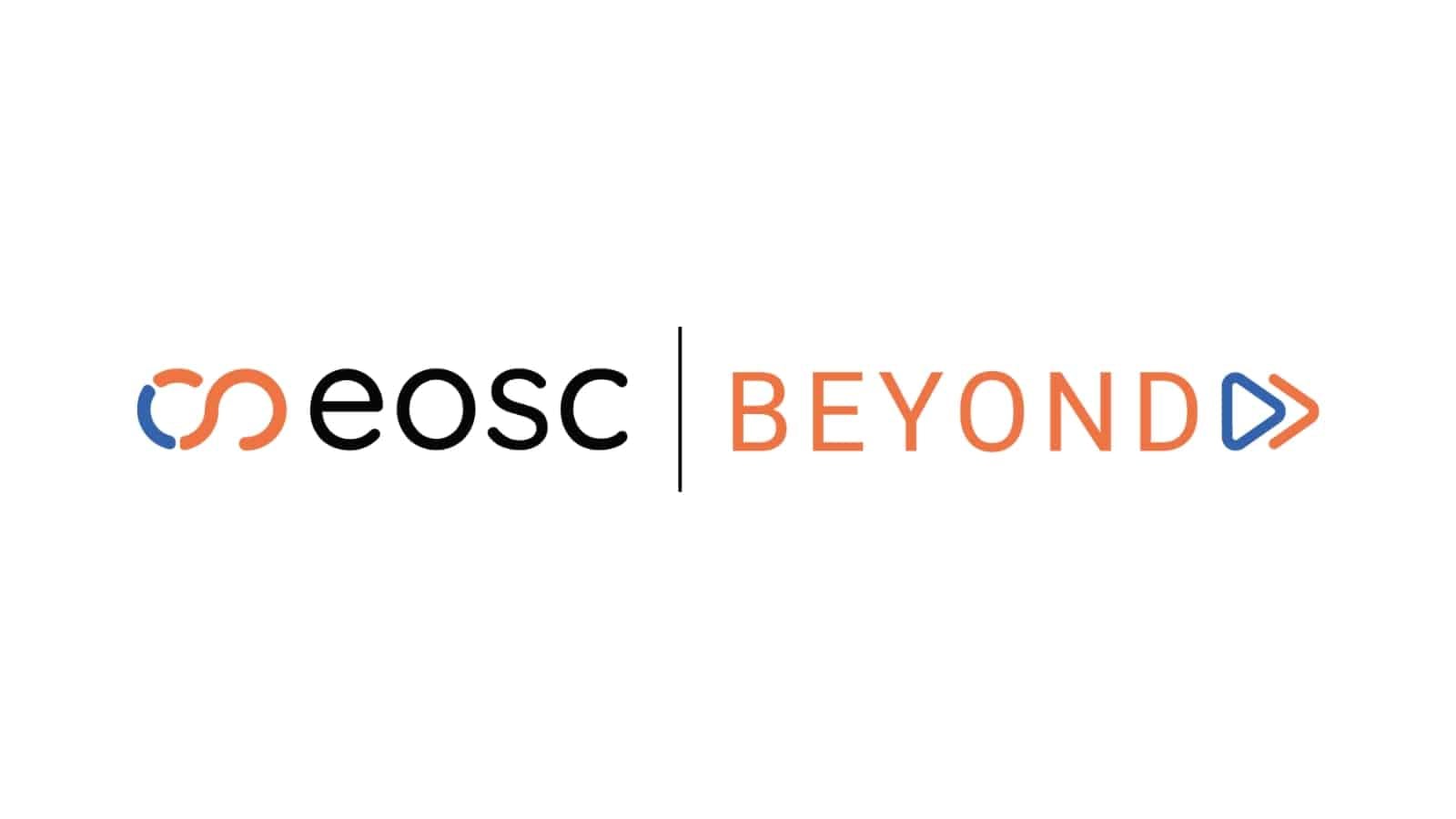New EOSC Interoperability Milestone: Technical Interoperability Gap Analysis Published

The EGI Foundation is proud to announce the publication of "Technical interoperability in the EOSC Federation and initial gap analysis," a significant new deliverable from the EOSC Association Task Force on Technical and Semantic Interoperability. This comprehensive document represents a crucial step toward realising the vision of a seamlessly connected European Open Science Cloud (EOSC), identifying critical gaps and proposing solutions to enhance federated research capabilities across Europe.
The EOSC Technical and Semantic Interoperability Task Force
The EOSC Technical and Semantic Interoperability Task Force brings together expertise on the technical foundations that connect users with data and services throughout the EOSC ecosystem. The Task Force is organised into three specialised subgroups: Technical Interoperability, Semantic Interoperability, and Authentication and Authorisation Infrastructure (AAI).
Diego Scardaci, Technical Solutions Lead at the EGI Foundation, serves as co-chair of the overall Task Force with specific responsibility for the Technical Interoperability subgroup. His leadership, alongside colleagues Jiří Marek (Semantic Interoperability) and Christos Kanellopoulos (AAI), has been instrumental in guiding the Task Force's work to align with the strategic objectives of the EOSC Multi-Annual Roadmap.
A Strategic Document Building on EOSC Foundations
This new deliverable builds upon previous milestones in the EOSC interoperability landscape and takes into account the current status of the EOSC Federation.
The newly published gap analysis takes work on EOSC Interoperability further by addressing the broader technical interoperability challenges facing the federation. It comes at a critical time as the build-up phase of the EOSC Federation accelerates, with several candidate nodes working to onboard their services into the evolving ecosystem.
Comprehensive Gap Analysis: Methodology and Key Findings
The document presents an initial gap analysis of technical interoperability within the EOSC Federation, informed by real-world scientific use cases and user stories from diverse research communities. Through comprehensive analysis of requirements collected from various scientific domains, including life sciences, photon and neutron research, and astronomy and astrophysics, the Task Force has identified critical gaps in several key areas such as Data Discovery & Management, Service Interoperability, Authentication and Authorisation, Compute & Storage, Data Transfer, and Resource Management.
The analysis aims to guide the evolution of the EOSC Federation beyond basic operational services, AAI, and catalogues toward a more comprehensive and powerful ecosystem for open science.
As co-chair of the Task Force and one of the editors of this significant document, Diego Scardaci of the EGI Foundation shared his perspective on its importance:
"This gap analysis represents a critical step forward in making the EOSC vision a practical reality for researchers across Europe. By systematically identifying the technical barriers between federated nodes and proposing concrete solutions, we're laying the groundwork for truly seamless cross-border and cross-disciplinary research. The findings will directly inform the ongoing development of EGI's services within EOSC and help ensure we meet the evolving needs of research communities."
Diego's role in coordinating this work extends beyond the Task Force, as he is also currently coordinating the EOSC Beyond and EOSC Data Commons projects, positioning him uniquely to ensure the analysis has a practical impact on EOSC's technical development.
Proposed Federating Capabilities and Future Direction
Building on the insights from the gap analysis, the document proposes a set of new EOSC federating capabilities and technical solutions designed to address the identified challenges. These proposals aim to foster a more integrated and user-centric research environment where European researchers can more effectively store, share, process, analyse, and reuse research digital objects across disciplinary and geographical boundaries.
This work aligns with the broader vision of EOSC as an open, trusted federation of collaborative and autonomous infrastructures that will form the basis for a science, research and innovation data space connected with the Common European Data Spaces.
Access the Document and Learn More
The "Technical interoperability in the EOSC Federation and initial gap analysis" document is now available for download:



